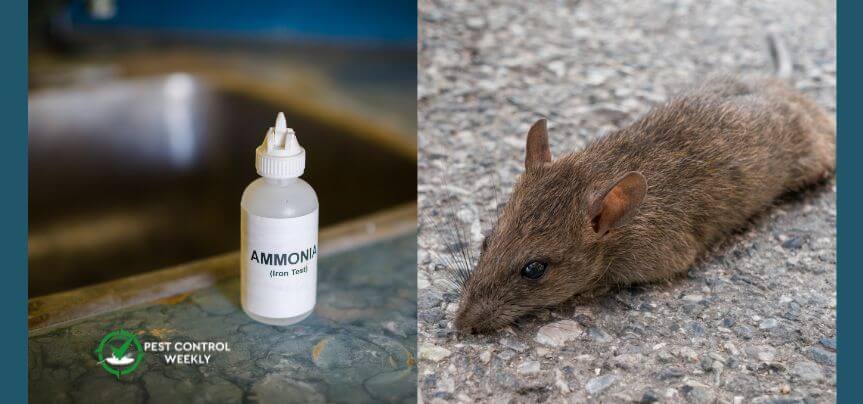Ammonia is a substance that is very hazardous to rodents due to its potent odor and ability to harm their respiratory systems. Its presence in a site can harm rats’ tracheas. but, does ammonia kill rats?
Yes, Ammonia can kill rats. Ammonia may corrode their skin, burn their eyes, and can also destroy their lungs, rats exposed to it will kill instantaneously.
Ammonia, which is readily available in every home, works well to get rats away. How to deal with them and how ammonia kills rats will be explained below. So, continue reading the article to check the effectiveness of ammonia.
What Is Ammonia?
Ammonium hydroxide, in liquid form, is primarily used to treat a wide range of pest problems, including bed bugs, rats, and several other species.
Rats can’t take the strong scent of ammonia and will flee the area, making it a potent and effective repellent. It’s general knowledge that ammonia can keep mice away.
Rats would need to breathe in large amounts of this gas for a long period to perish from exposure to the ammonia odor. The rat would need to be enclosed while you trapped the ammonia gas.
Does Ammonia Kill Rats Instantly?
Rats can be killed by ammonia when used properly. It also serves as a rodent deterrent. Rats are repelled by its strong odor when they are not killed. Rats do not need to be directly sprayed with ammonia because killing with this method works rarely.
To begin with, you will need to be able to detect the presence of rats. Rats leave behind telltale evidence, like other pests. In addition, you may see these rats wandering about your house.
Effectiveness Of Ammonia
Ammonia has a very potent stench, as anyone who has ever unintentionally inhaled it will attest. According to the hypothesis behind ammonia, rats will abandon their nest in search of a new home away from the stench since, like people, they strongly dislike the smell.
Those who advocate using ammonia as a repellant provide several alternative approaches. The two that are most frequently cited are soaking cotton wool balls in ammonia and putting some in a small basin. These are then positioned close to locations where you have found indications of rat activity.
Never combine bleach or any other substance containing chlorine with ammonia. The mixture emits potentially fatal poisonous vapors. Avoid breathing in the vapors and work in a well-ventilated area. Avoid getting ammonia on your skin or in your eyes by using rubber gloves
Why Does Ammonia Repel Rats Instantly?
When a predator is dehydrated, its sweat may also have an ammonia-like odor.
Rats will flee ammonia extremely quickly since they will believe that their lives are in danger as a result.
Rats will avoid an area as long as there is a strong ammonia odor there. Most of the time, they will leave permanently, believing that the area is full of predators.
Ammonia As Rat Repellent
Pouring ammonia around the outside of your home in its pure form is one of the usual methods for using the chemical as a rat deterrent. But if that’s not possible, you can pick one of the approaches listed below:
• Rat Poison
Ammonia, water, and a detergent can be mixed in a basin to make DIY rat poison. This poison may be left in areas where rats are typically present. This is a fantastic method for driving away rodents.
• Soaking Rags
Consider soaking rags in ammonia if you don’t want to leave bowls of ammonia mix. To maintain their effectiveness, they should be changed at least once every several weeks.
• Ammonia Spray
Simply fill a spray bottle with the foregoing ammonia solution to accomplish this. Simply spray this where you see rats and keep the vermin away.
How Does Ammonia Kill Rats?
You should be aware of the highly developed sense of smell that rats have to understand how ammonia affects rats. This is helpful because rats’ respiratory systems are damaged and irritated when they inhale this chemical compound repeatedly.
The elimination of rats through ammonia consumption is crucial to our subject. These rodents typically won’t just drink or consume liquid ammonia. Only once the bait has been prepared is it possible to eat it.
Of course, some ammonia will need to be added to the bait. It enters the body after ingestion and suffocates these rodents.
Ammonia is harmful because it is not meant to be consumed, which causes rat elimination. Ammonia powder-based ammonium poison is the best kind for the prevention of rats.
Does Ammonia And Chlorine kill rats?
Chloramine gas, which is poisonous to both people and animals, is produced by bleach and ammonia. The following signs and symptoms could appear if rats are exposed to chloramine gas:
- Having trouble breathing
- Burning and watery eyes
- Wheezing
- Pain in airways, including throat, chest, and lungs
Rats have rarely perished as a result of unintentional exposure to chloramine gas. Since the odor is so overpowering and damaging, rats flee right away. They might die or harm their airways permanently if they continue to be in the area, though.
Never mix household cleansers, whether you’re using them to clean your house or as rat poison. Combining household cleaners won’t make your home cleaner or your poison more potent.
Does Ammonia and Peanut Butter Kill Rats?
Ammonia is most frequently used in combination with peanut butter as rat poison. Due to its high oil content, peanut butter is frequently added to rat poisons to mask its unpleasant odor.
Additionally, the texture is perfect for hiding other substances that rats might not enjoy. You will require the following for this technique:
- Ammonia
- Peanut Butter
Within a single-use plastic container, combine the two ingredients. Mix the peanut butter well to ensure that the ammonia is completely integrated.
Make peanut butter balls out of the mixture next. Put on gloves to prevent your scent from contaminating the mixture. You’ll get roughly 4 peanut butter balls from this quantity.
Placing the peanut butter bait balls in rat-inhabited areas. To prevent the rats from escaping with the peanut butter balls, block off any simple exits.
Other Ingredients work with Ammonia to kill rats
Ammonia And Chocolate Powder Mix
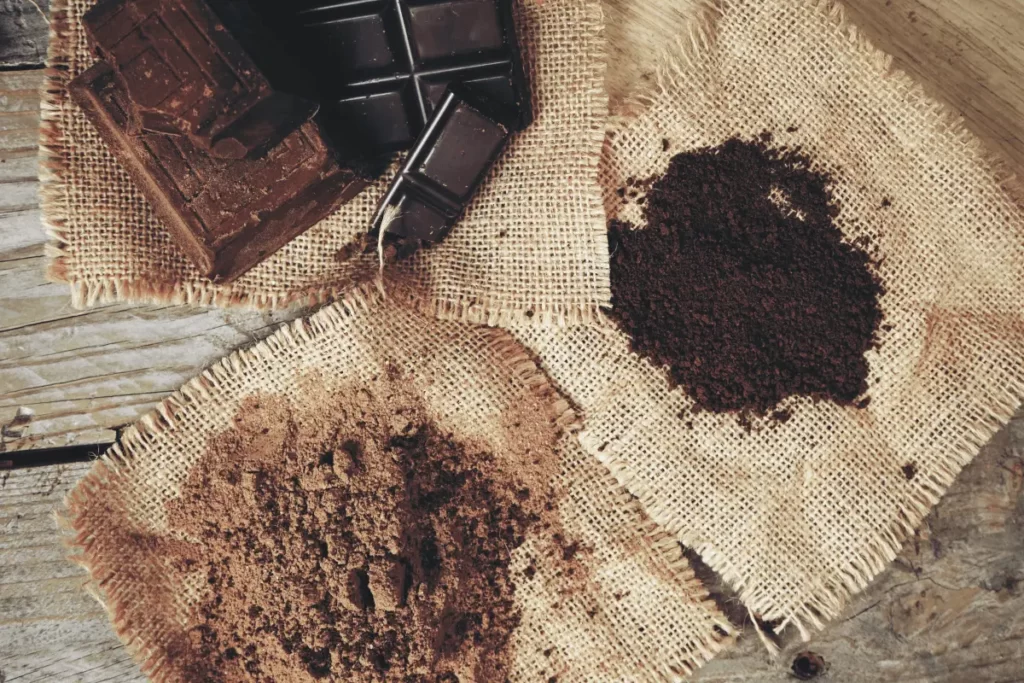
Why it Works: This mix works because rats don’t like the strong smell of ammonia but are drawn in by the tasty scent of chocolate powder.
How to Make it: Mix equal amounts of ammonia and chocolate powder. Keep stirring until the chocolate powder is fully mixed into the ammonia.
Where to Place it: Put this mixture where you often see rats or near their nests. These are the best spots to place it. Be sure that these areas have good airflow so the ammonia isn’t dangerous to people or pets.
What Happens: The yummy smell of the chocolate brings the rats to the mixture. But once they get close, the strong smell of ammonia scares them away, making the area a place they want to avoid.
The Result: This mix doesn’t kill the rats. It just makes them want to leave, so your space can be free of rats.
Ammonia And Sugar
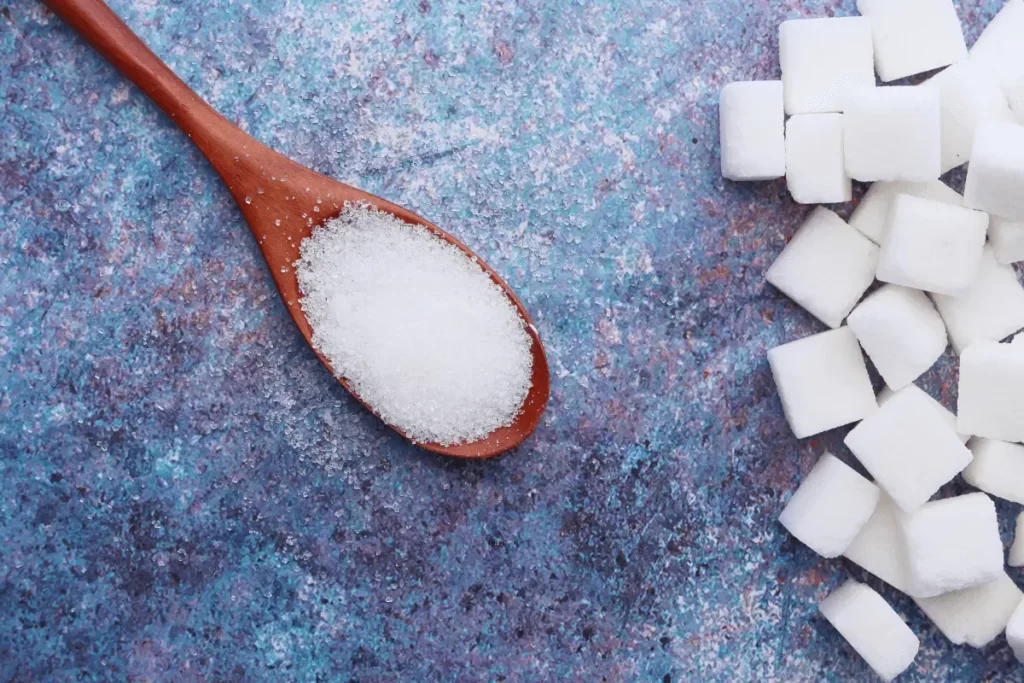
What’s the Idea: This mix is like the first one. The sweet smell of sugar pulls the rats in, but the strong smell of ammonia makes them want to leave.
How to Make it: Stir equal parts of sugar and ammonia together in a container. Mix it up until the sugar has fully dissolved.
Where to Put it: Place the mixture in places where rats hang out. Make sure these spots have good airflow so the ammonia isn’t harmful to people or pets.
What Happens: The sweet smell of the sugar brings the rats to the mix. But when they get there, the strong smell of ammonia pushes them away.
The Result: This mix, like the first one, doesn’t kill the rats. It just drives them away so your area can stay rat-free.
Ammonia And Dish Soap
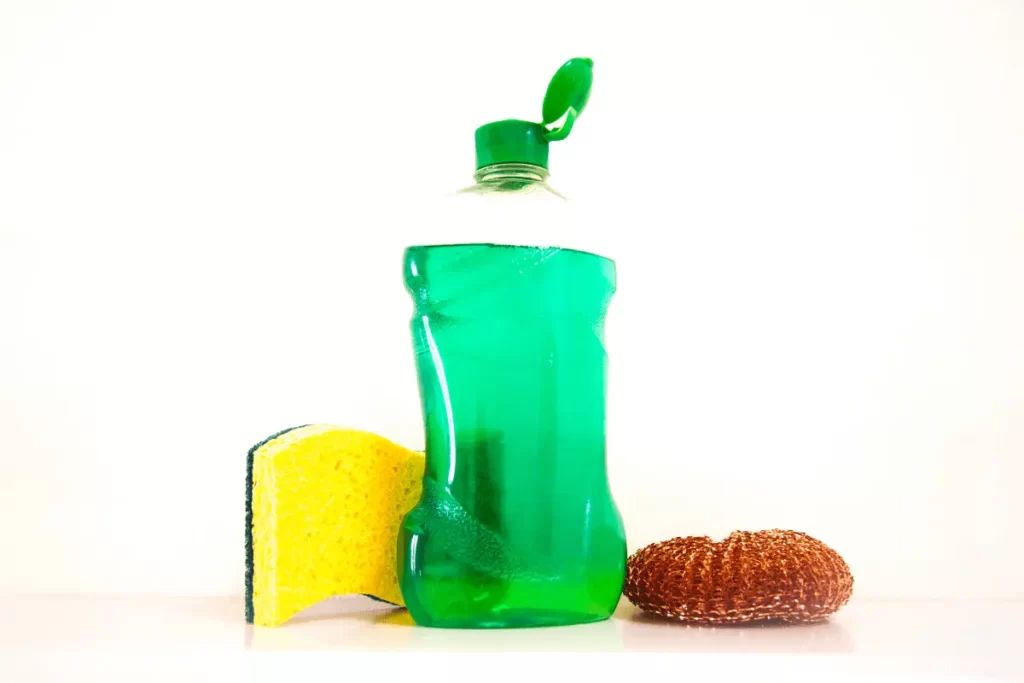
Why it Works: This mix combines the strong smell of ammonia that rats don’t like with the thickness of dish soap to make the smell last longer.
How to Make it: Mix one dish of soap and two ammonia in a strong container. The mixture should be thick, which helps the smell of ammonia stay around longer.
Where to Place It: Put your mix in areas where rats often go. These places should have good airflow so the strong smell of ammonia isn’t dangerous to people or pets.
What Happens: The nice smell of the dish soap draws the rats to the mix. But once they get there, the strong smell of ammonia scares them away.
The Result: This method doesn’t kill the rats. It just makes them leave the area so it can stay rat-free.
Lemon And Ammonia

What’s the Idea: Lemon ammonia combines the nice smell of lemons with the strong smell of ammonia to trick rats into coming close and then scare them away.
How to Make it: Mix lemon ammonia with one part water. This makes the mix a little less strong but still works to keep rats away.
Where to Put it: Place the mix in areas where rats usually hang out. Ensure these spots have good airflow so the strong smell of ammonia isn’t harmful to people or pets.
What Happens: The smell of lemons pulls the rats into the mix. But when they get close, the strong smell of ammonia pushes them away.
The Result: Like the other methods, this one doesn’t kill rats. Its main goal is to scare the rats away and keep them from coming into your space.
Ammonia and Peppermint Oil
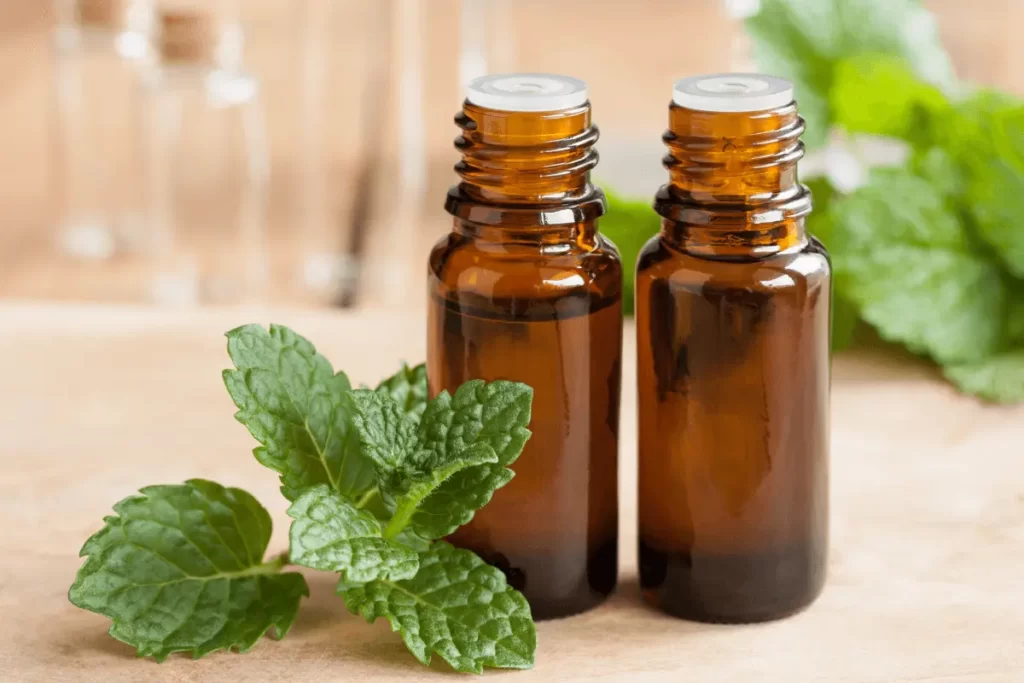
Why it Works: This mix uses the strong smell of ammonia and the minty scent of peppermint oil. Rats don’t like the smell of peppermint. So it works well to keep them away.
How to Make it: Mix one part of peppermint oil and two parts of ammonia. Keep stirring until everything is mixed well.
Where to Place it: Soak some cotton balls in the mix and put them in places where you often see rats. Be sure these places have good airflow so the strong smells aren’t dangerous to people or pets.
What Happens: The smell of peppermint brings the rats to the cotton balls. But when they get there, the strong smell of ammonia makes them want to leave.
The Result: This method doesn’t kill the rats. It just makes them leave the area so it can stay rat-free.
Ammonia and Clove Oil
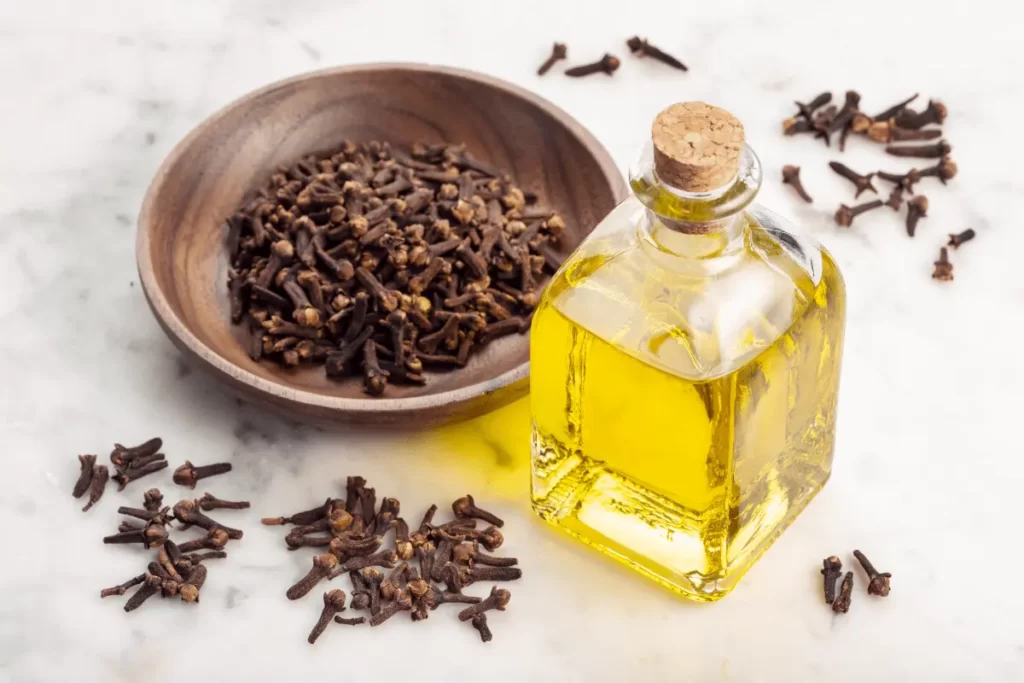
What’s the Idea: This mix combines the strong, spicy smell of clove oil that rats don’t like with the strong smell of ammonia to keep rats away.
How to Make it: Mix one part of clove oil with two parts of ammonia. Keep stirring until everything is well-mixed.
Where to Put it: Soak some cotton balls in the mix and put them in places where you often see rats. These places should have good airflow so the strong smells don’t harm people or pets.
What Happens: The strong smell of cloves and ammonia keeps the rats away from the area.
The Result: This method doesn’t kill rats like the other methods. It just drives them away so your area can stay rat-free.
Ammonia and Citrus Peels
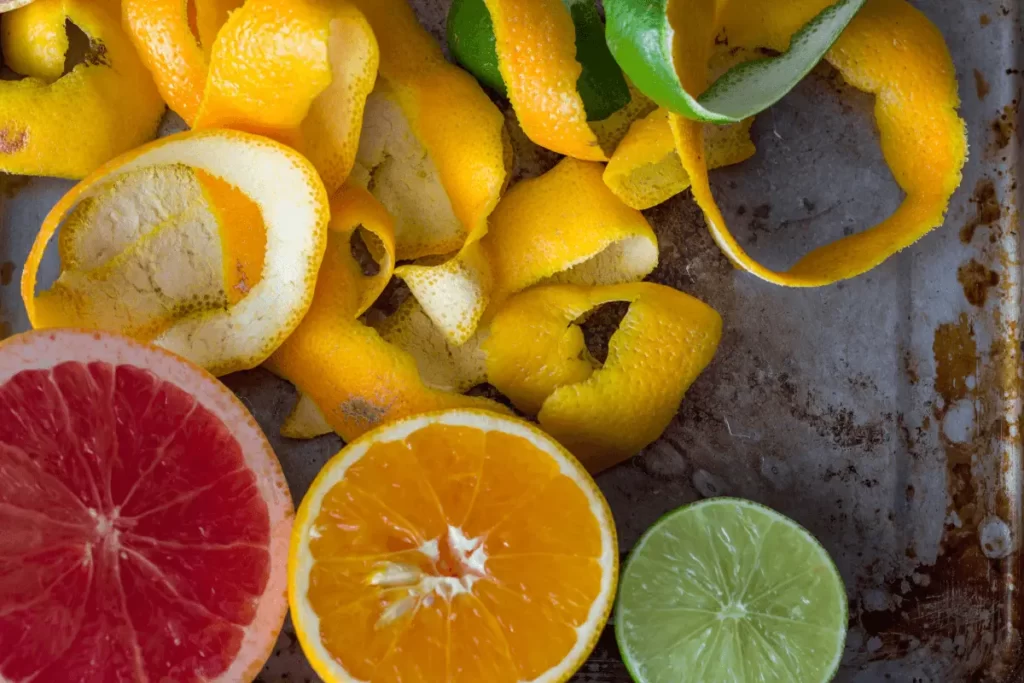
Why it Works: Citrus peels have a strong smell that rats like. When mixed with ammonia, the smell draws in the rats and keeps them away.
How to Make it: Put fresh citrus peels (from oranges or lemons) and ammonia in a jar. You should have twice as much ammonia as peels. Close the jar and let it sit for a few days.
Where to Place it: Put the jar where you see many rats. Ensure it’s out of reach of kids and pets and in a spot with good airflow so the strong smell of ammonia isn’t dangerous.
What Happens: The smell of citrus pulls the rats to the jar. But once they get close, the strong ammonia smell makes them want to leave.
The Result: This method doesn’t kill the rats. It just drives them away so your space can stay rat-free.
Ammonia and Mothballs
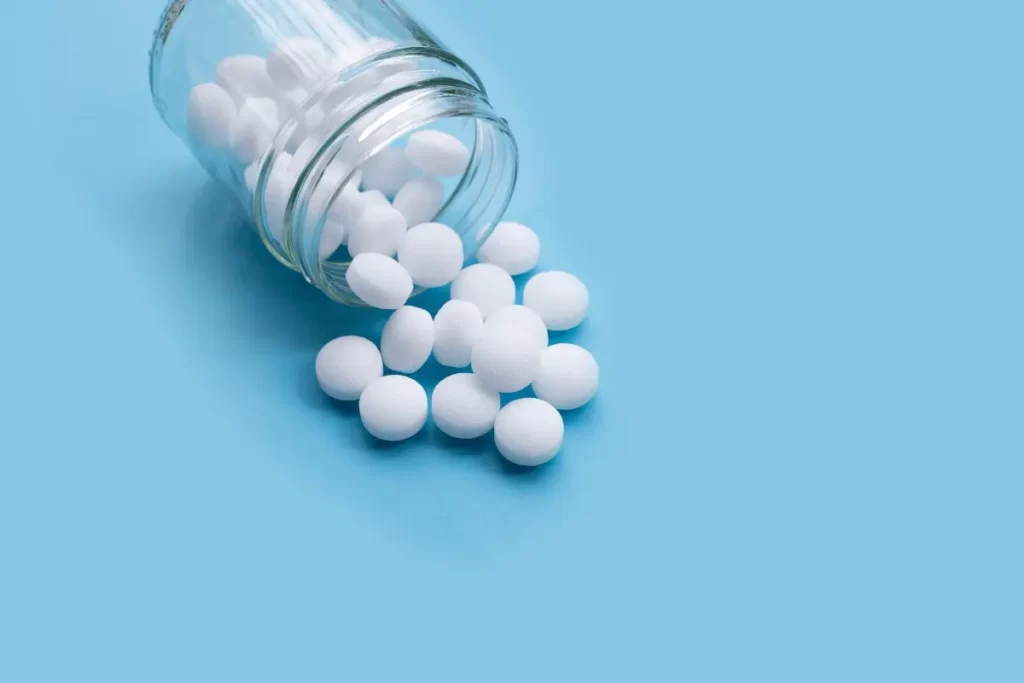
What’s the Idea: Mothballs have a smell that rats don’t like. Combined with ammonia, the smell is even stronger and keeps rats away.
How to Make it: Put a handful of mothballs in a jar and cover them with ammonia. Let the jar sit for a few days to mix the smells.
Where to Put it: Place the jar in areas where you often see rats. Be sure these places have good airflow so the strong smells don’t harm people or pets.
What Happens: The strong smell of mothballs and ammonia keeps the rats away.
The Result: This method doesn’t kill the rats. It just drives them away so your area can stay rat-free.
Where Do You Get Ammonia?
You can purchase full-strength ammonia from drugstores and hardwood suppliers. Rats’ eyes, noses, and throats can become inflamed when exposed to high levels of ammonia.
This component is found in a variety of cleaning products, both domestic and commercial.
Ammonia cleaning solutions can have a concentration of between 5% and 10% and are created by mixing ammonia gas with water. Industrial ammonia solutions have corrosive properties and can have concentrations of up to 25%.
Rats cannot always be eliminated using ammonia, but it may temporarily scare them away. This is so because urine smells similar to ammonia. Rats flee away when they detect this scent because they believe a fox or cat is close.
Disclaimer: Ammonia might be dangerous for humans if humans come in contact with ammonia in large amounts.
Conclusion
Ammonia is a colorless gas that has a noticeable odor, it is one of the most frequently produced chemicals in the US. Ammonia is composed of nitrogen, hydrogen, and, water. Typically, this substance is included in fertilizer or cleaning supplies. Rats have a keen sense of smell, which is one of the key factors that make ammonia repellent to these pests.
Rats are nocturnal creatures, so they can easily locate food even in dark tanks to their keen sense of smell. They can also feel danger nearby because of their keen sense of smell.
The smell of ammonia mimics the smell of their predators’ urine for these rats. This leads the rat to believe that there is a predator nearby and that ammonia is an efficient strategy to deter rats since they avoid it. The main reason it works so well as a rat deterrent is because of this potent ammonia smell.
References
Sirtuin-3 activation by honokiol restores mitochondrial dysfunction in the hippocampus of the hepatic encephalopathy rat model of ammonia neurotoxicity
Ammonia exposition during gestation induces neonatal oxidative damage in the brain and long-term cognitive alteration in rats
